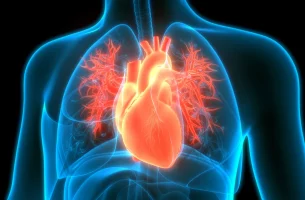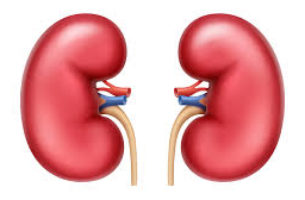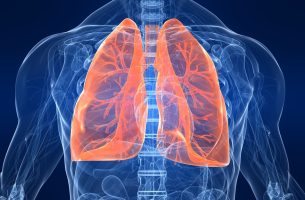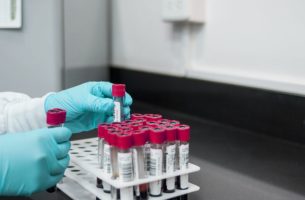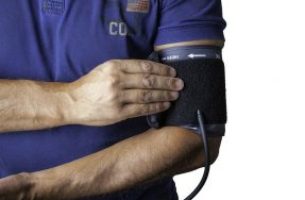10 Most Common Heart Disease Symptoms Here are the 10 most common heart disease symptoms: 1. Chest Pain A classic sign of a heart attack (myocardial infarction) – characterised by a rapid onset of heaviness, tightness or pressure in the chest, often described as ‘an elephant’ or ‘a tight band’. It often radiates down the […]
Read More10 Most Common CKD Symptoms The most common symptom of CKD is no symptoms. In other words, it is a ‘silent killer’ like early diabetes, high blood pressure and high cholesterol. Most, initially, don’t know they have it. Here are 10 of the most common symptoms of CKD: Urinary symptoms – relatively rare (surprisingly). Foamy urine […]
Read More10 Common Gastric, Digestive and Bowel Problems – When to Worry and When to See a Doctor Here are 10 common gastric, digestive and bowel problems – when to worry, and when to see a doctor. 1. Heartburn and Acid Reflux Occasional heartburn is normal When to see a doctor: But if it occurs frequently […]
Read More3 Golden Rules for Losing Weight 1. Download an app to help you Record your food intake from the start. MyHSN recommends an app called MyNetDiary (although there are others), which can be downloaded on your phone You need to input all of your food (and ideally drinks, especially alcohol) It not only calculates calories […]
Read More10 Common Lung Problems, When to Worry and When to See a Doctor Your lungs are vital organs that bring oxygen into your body and remove carbon dioxide. However, they can be susceptible to various conditions that affect their functioning. Here are 10 common lung conditions, their symptoms, and when to worry and see a […]
Read MoreHow many units (and calories) are in alcoholic drinks? In this article, we will describe how many units (and calories) there are in alcoholic drinks. There are about 70 calories in a unit of alcohol. Pint (570ml) of lower strength lager, beer or cider – 2 units (140 calories) Pint (570ml) of higher strength lager, […]
Read More5 Key Blood Tests Done in Early Pregnancy Blood tests are important for identifying potential health issues that might affect the mother or the developing baby, and for checking for carrier status for genetic conditions. These tests can include a full blood count (FBC), blood group and Rhesus (Rh) type, and tests for infections like […]
Read MoreWhat Are The 7 Major Causes of CKD? In this article we will describe the 7 major causes of CKD. Most are groups of causes. Keep track of your kidney data with PKB Key Points CKD is not a diagnosis. It is a syndrome with 7 common groups of causes (diagnoses) The most common (30%) ’cause’ […]
Read More5 Blood Tests You Should Have Once a Year Over the age of 40 years, it is a good idea to have routine blood tests once a year If you are Black or Asian, starting at age 30 years is recommended. This is because of their increased likelihood of diabetes, CKD and a high cholesterol […]
Read MoreWhat is high blood pressure – and why does it matter? 140/90 mmHg or over. Normal is 100/70 – 135/85. This does not mean that all people with a one-off reading of 140/90 either a. have a disease, or b. need treatment. The only way to know for sure if you have high blood pressure […]
Read More

